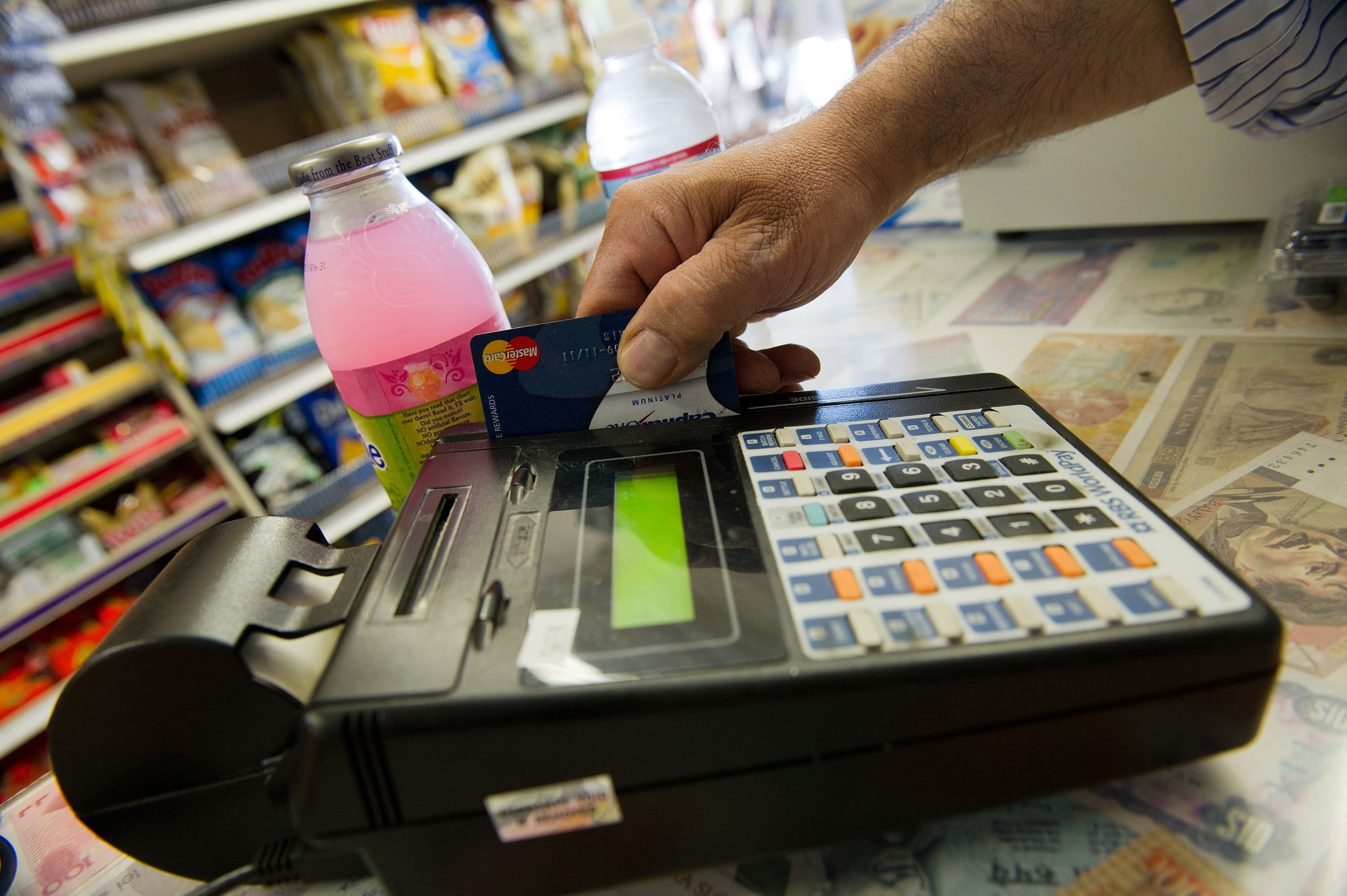Collectively, Americans owe more than $1 trillion in credit card debt.
After the holiday season, however, individual balances bumped up another notch. Americans, on average, racked up about $1,325 in holiday debt last month alone, according to MagnifyMoney’s annual post-holiday debt survey.
Further, more than three-quarters of those polled said they won’t pay off their balances in full by the end of January, which means they will also add hefty interest charges to those bills.
From month to month, credit cards are one of the most expensive ways to borrow money. Card rates now stand at 17.4%, on average, down only slightly from a record high of 17.85% in July.
Still, many Americans continue to take on ever-increasing amounts of borrowing. And as credit card balances creep higher, Americans’ confidence in their ability to pay their bills declines.
More from Personal Finance:
Credit card debt is increasingly common
Holiday debt could take years to pay off
Financial hangover? Here are some quick fixes
U.S. households with revolving credit card debt owe nearly $7,000, costing them roughly $1,100 a year in interest payments, according to NerdWallet’s 2019 household debt study.
Experts often recommend moving that balance from a high-rate credit card to one with a no-interest or low-interest balance transfer offer to reduce the amount of interest you’re paying.
However, nearly half of consumers who take advantage of a balance transfer offer don’t pay off the balance during the introductory period that comes with low or no interest, according to a new report by CompareCards on balance transfer cards.
“These cards can be a really good tool, but people need to understand how to use them the best way,” said Matt Schulz, the chief industry analyst at CompareCards.
A merchant slides a credit card for a transaction.
David Paul Morris | Bloomberg | Getty Images
For starters, most offers allow you to pay 0% interest for a year or more. But If you don’t pay the balance off, the remaining balance will have a new annual percentage rate applied to it, which is generally about 25%, Schulz said.
“Aim to pay down your debt before the interest rate jumps back up again,” added Sara Rathner, a credit cards expert at NerdWallet.
Further, there can be limits on how much you can transfer and fees attached. Most cards have a one-time balance transfer fee, which is usually around 3% of the tab, but there can be an annual fee, as well, Schulz said.
One late payment can also negate your no-interest offer, he added.
Making the best use of a balance transfer boils down to making those payments on time and aggressively paying down the balance during the introductory period.
Alternatively, Schulz also advises cardholders burdened with high-interest debt to reach out to their issuer directly to request a break on interest rates. “They would be surprised at how often that works,” he said.
“If you are struggling with credit card debt it’s easy to feel overwhelmed, but people have more power than they think they do.”
